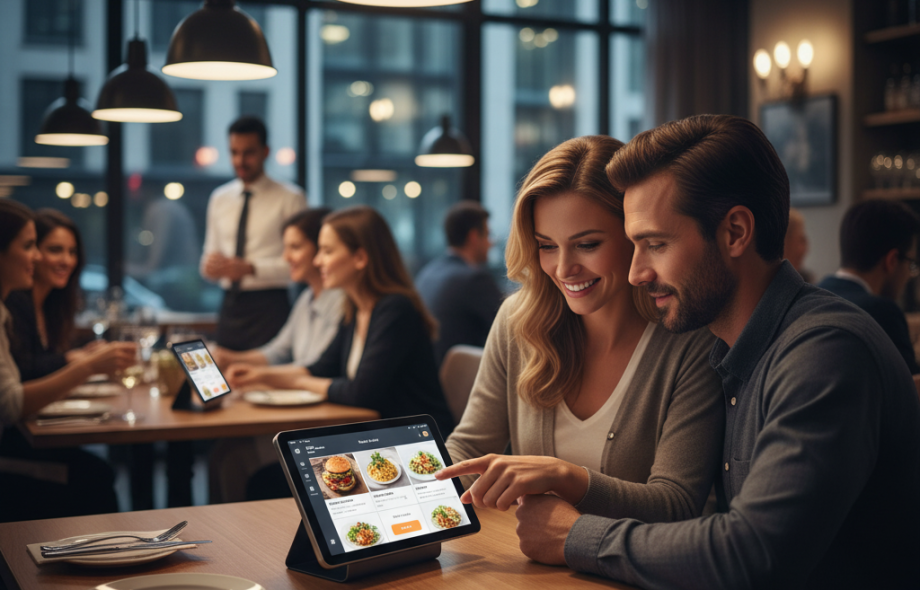Technology continues to revolutionize the way we live our lives, and the restaurant industry is no exception. The rise of self-service table ordering systems has transformed the traditional dining experience, offering customers convenience, efficiency, and control over their orders.
One of the key benefits of self-service table ordering systems is the ability for customers to browse menus, place orders, and pay for their meals directly from a tablet or smartphone. This not only speeds up the ordering process but also minimizes human error and miscommunication between customers and servers. With just a few taps on a screen, customers can customize their orders, request modifications, and even split the bill with ease.
Furthermore, self-service table ordering systems can help restaurants streamline their operations and increase efficiency. By automating the ordering process, restaurants can reduce wait times, increase table turnover, and ultimately boost their bottom line. Additionally, these systems can collect valuable data on customer preferences and ordering habits, allowing restaurants to personalize the dining experience and improve customer satisfaction.
From a customer perspective, self-service table ordering systems offer a more interactive and engaging dining experience. Instead of waiting for a server to take their order, customers can browse through high-quality images of menu items, read detailed descriptions, and even view nutritional information. This level of transparency and accessibility can empower customers to make more informed choices and discover new dishes they might not have considered before.
Despite these advantages, some may argue that self-service table ordering systems could lead to a decline in human interaction and personalized service. While it’s true that these systems reduce the face-to-face interactions between customers and servers, they can complement rather than replace the role of restaurant staff. Servers can focus more on delivering exceptional hospitality, recommending dishes, and addressing any issues that may arise, rather than juggling multiple orders and payments.
In conclusion, the adoption of self-service table ordering systems represents a significant shift in the way restaurants operate and how customers engage with dining experiences. By embracing this technology, both restaurants and customers can benefit from increased efficiency, convenience, and personalization. As the foodservice industry continues to evolve, self-service table ordering systems are poised to become the new standard for modern dining.
 :
https://www.pinterest.com/xceltec0192/
:
https://www.pinterest.com/xceltec0192/












